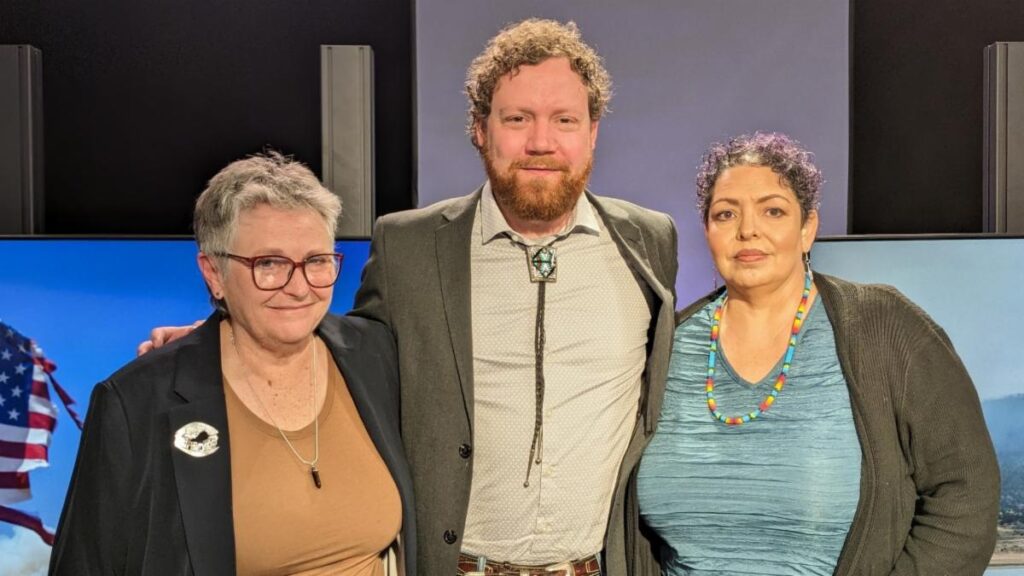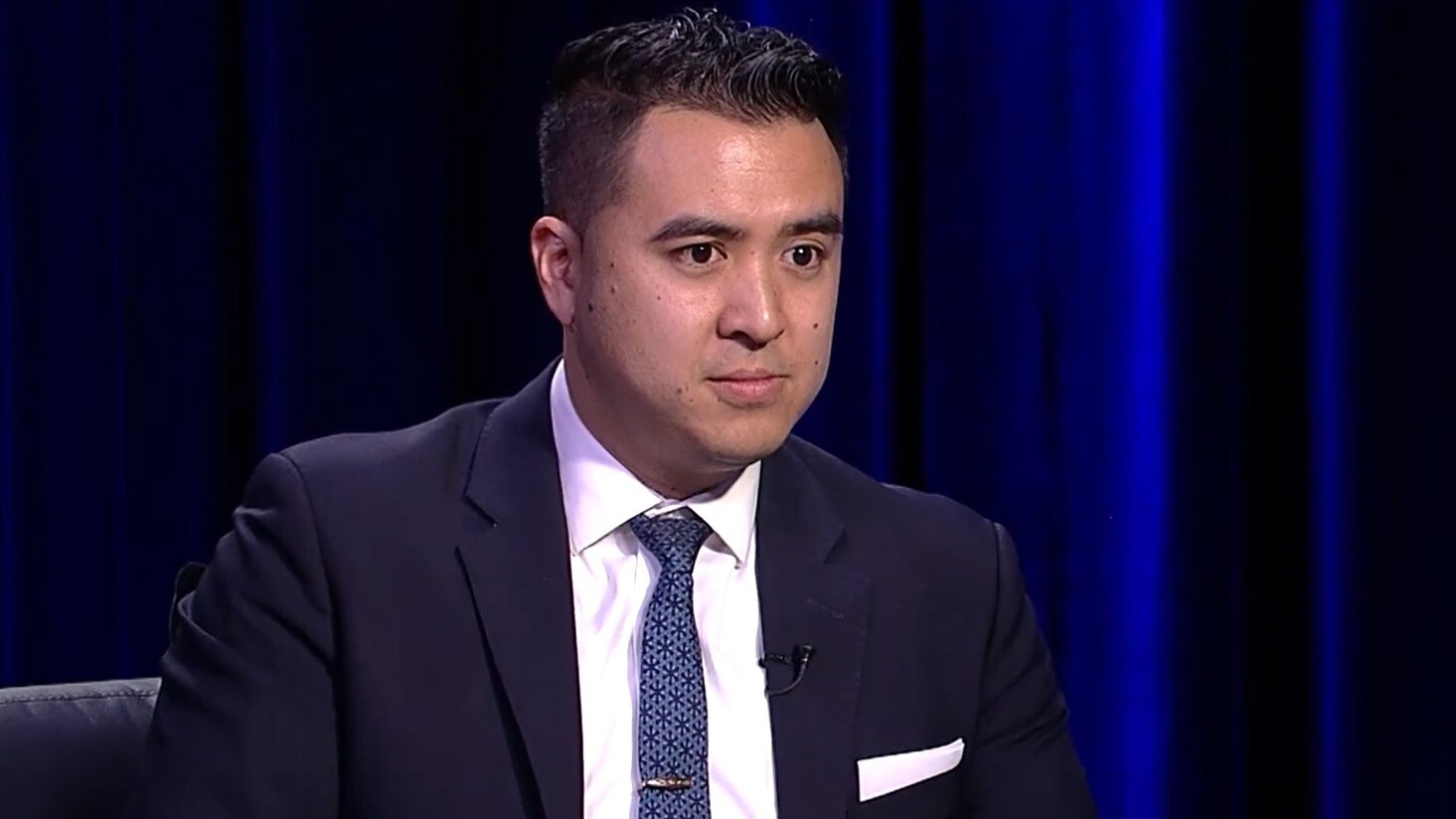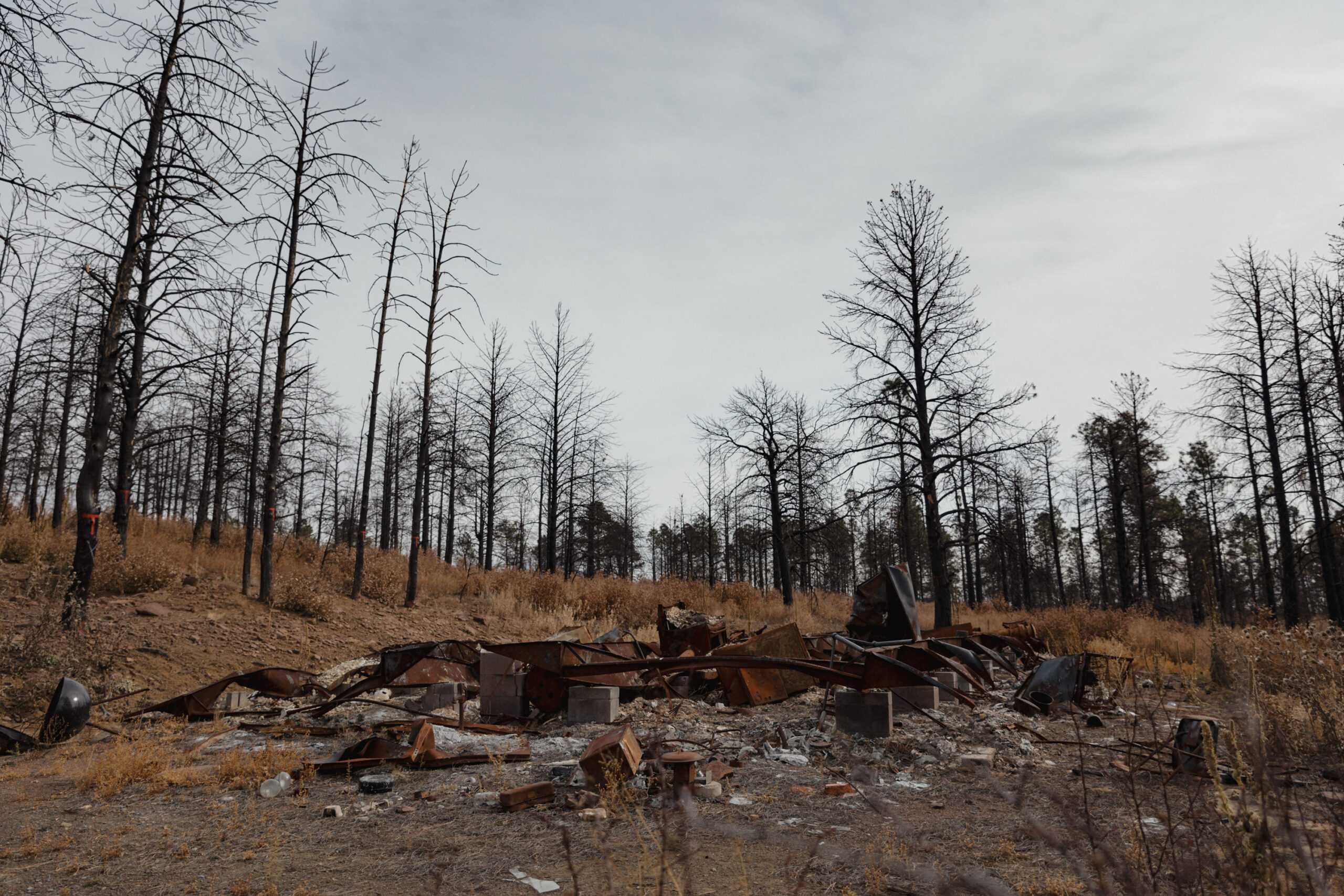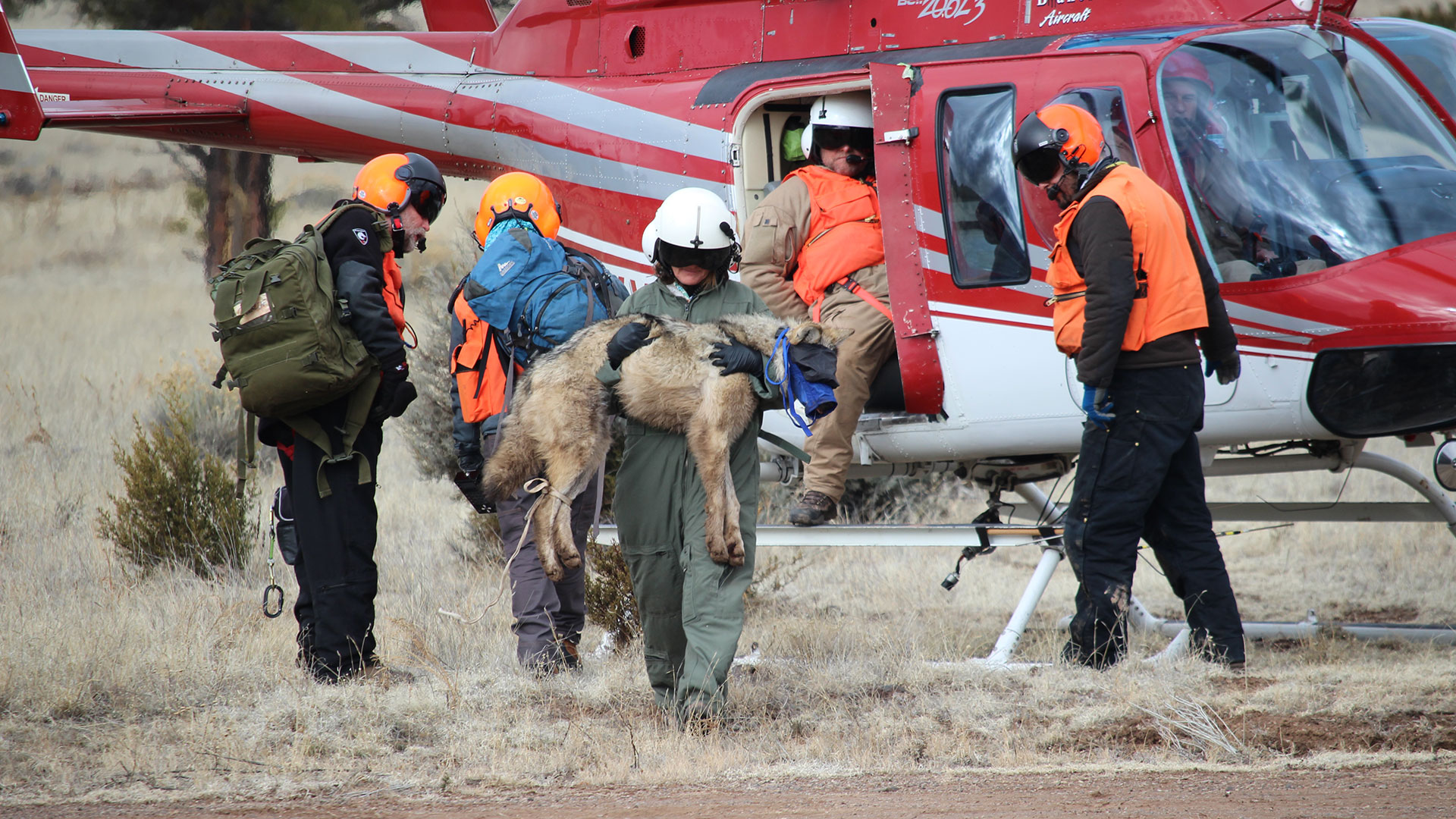Spoken Word

I’ve been a fan of Patrick Lohmann’s journalism since I met him well over a decade ago. He did fine work at the Daily Lobo, then at the Albuquerque Journal, where our paths crossed briefly in the early 2010s. I was sad to see him leave New Mexico not long after, but watched with delight as he grew into a force at the Syracuse Post-Standard in New York. (If you’ve never checked out the series in which Patrick exposed a rogue, dangerous Alcoholics Anonymous group in that state, I strongly encourage you to do so — it’s wild.)
I was glad to learn Patrick was coming home to help launch Source New Mexico, a nonprofit, digital-first news organization that is part of the national States Newsroom group. The press corps around here has taken too many hits in recent years, and we could never have enough reporters like Patrick, besides.
If I was glad about his return, I was overjoyed by the news that Patrick had been accepted as part of ProPublica’s Local Reporting Network. A talented journalist with deep roots in our state would work with some of the nation’s best editors, data nerds and others to spend a year trying to answer a single question in the aftermath of the Hermits Peak/Calf Canyon Fire, New Mexico’s largest ever wildfire: When the government makes a mistake, what will it do to make things right for those it harmed?
The resulting series has been predictably excellent. Sometimes sharing a byline with ProPublica’s Byard Duncan and often presenting the reporting alongside powerful images captured by New Mexico-based photojournalist Adria Malcolm, Patrick’s stories have burrowed deep into that question. The answers have been enlightening, if frustrating. There have been numerous revelations, many of them related to the Federal Emergency Management Agency’s failures to compensate survivors of Hermits Peak/Calf Canyon — a pair of fires the government itself started via botched prescribed burns that merged into one — despite Congress allocating nearly $4 billion for relief.
Aside from the careful, thorough journalism that underpins these stories, I have been most struck by Patrick’s insistence on centering the struggles, joys and humanity of the Northern New Mexicans who have lost so much to this fire and the wreckage it has left behind. This approach was never more apparent than in a story published Feb. 23 under the headline: “They lost everything in New Mexico’s biggest wildfire. Now they are sounding the alarm for others.”
Reading these survivors’ stories — mostly in their own words and coupled with Adria’s photographs — sharpened my understanding of this disaster’s scope. Immediately, I wondered if there might be a way to convey what I felt to New Mexico in Focus viewers. There’s something about watching people describe what happened to them, what they’ve learned and what they hope for in the face of unimaginable devastation that resonates differently from reading stories like that. I don’t mean to suggest print and digital journalism can’t spur deep empathy; I spent two decades working in those mediums myself, and I’m aware of the impact they can have.
Still, I wanted our viewers to see survivors talk.
I’m grateful for Patrick’s willingness to make that happen. He invited Kayt Peck and Yolanda Cruz to our studio for a two-part conversation. They agreed and made the drive south. We arranged our set with some of Adria’s images. What emerged was a powerful discussion built on the skills of a journalist who has always used his heart as much as his head to guide the work and direct, unpolished truths from survivors who were clearly comfortable with their inquirer.
I’m probably not much of an authority on what makes “good TV,” but for me, this was several cuts above the vast majority of what I see. And I’m honored that it’s on our show this week.
-Jeff Proctor Executive Producer
-
Uballez Sheds Light on Process of APD DWI Corruption Case
3.8.24 – This week on New Mexico in Focus, Executive Producer Jeff Proctor interviews U.S. Attorney Alexander Uballez about the federal…
-
NM Wildfire Survivors on What They Have Lost and Worked to Recover
3.8.24 – Journalist Patrick Lohmann of Source New Mexico sits down with two survivors of the Hermit’s Peak/Calf-Canyon Fire. In the…
-
Hermit’s Peak/Calf Canyon Fire Survivors Still Wait for Federal Help
3.8.24 – In the second of a two-part discussion, Journalist Patrick Lohmann of Source New Mexico asks two survivors of the…
-
How U.S. Fish and Wildlife Conduct Annual Mexican Wolf Count
3.8.24 – At the end of January, the Our Land team joined federal and state biologists and veterinarians during the U.S.…





